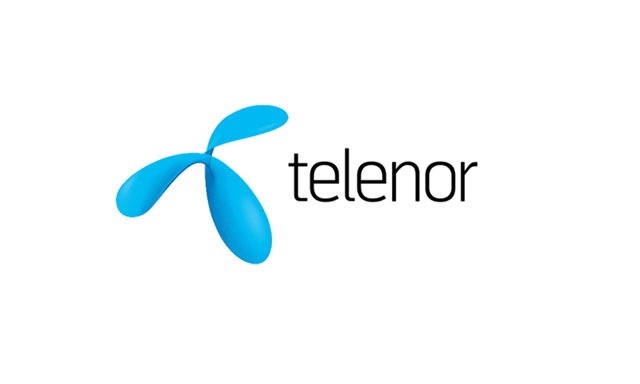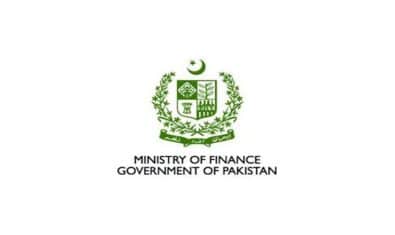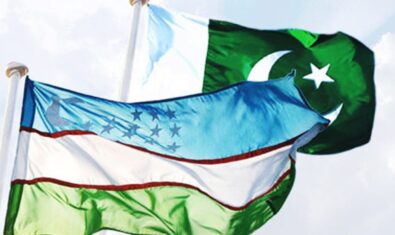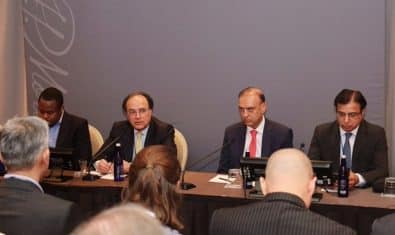
Telenor has completed its network swap project after which its more than 7,500 cell sites, country wide, are 3G ready, said Gyorgy Koller, Chief Technology Officer, Telenor Pakistan, during an interview with ProPakistani.
Gyorgy Koller – explaining the scope of the swap – mentioned that Telenor Pakistan’s entire network (including more than 7,500 cell sites, MSCs, transmission transport network including microwave, fiber equipment, all the core-network elements like HLR,VLR, mobile switches, media gateways, packet-switch core elements, value added platforms like ring-back tones and others, all the operating support systems that manages, monitors and controls the network) were replaced with end-to-end IP network.
After this network up-gradation, Telenor now hopes that all – or at least majority of — service quality related complaints will get resolved. Gyrogy claimed that Telenor Pakistan is now serving its customers with one of the most modern networks available in the world.
He emphasised that up-gradation of network was primarily aimed at improving customers’ experience, to achieve 3G/4G readiness and to get more greener network with lesser energy consumption.
He revealed that network quality related KPIs have already shown positive trends. He said that Telenor’s entire network is 3G ready, however, minor up-gradation at core level is required to get 4G deployments done.
When asked that how many sites will go 3G after the license will be auctioned in April, CTO said that this is something that will depend on various factors including the cost of license, market dynamics, customers’ uptake, license obligations and management decisions.
Gyorgy Koller – who is company’s CTO for last three years now – said that Telenor’s upgraded network consumes 25% lesser energy than the previous one, adding crucial value to overall opex of the company. He said that this is especially beneficial for a market like Pakistan where energy crisis reaches its peak with 14-20 hours of power cut in a day during summers.
Hinting us about the magnitude of the project, Gyorgy said that this was one of the biggest, most complex and most difficult swap with-in Telenor Group’s history. However, the entire swap project – which was challenging in various ways – was completed in record duration of 13 months.
The entire cellular network with more than 21,000 elements were upgraded and replaced with 33 million live customers and without a single day of down-time.
When asked that how does Telenor respond to criticism for selecting ZTE over European network vendors, CTO said that he has facts to prove the nicety of the decision. He explained that two of the Chinese infrastructure vendors are amongst the best in the world and this can be seen by visiting their products in person. He said that quality, future readiness, modernity and KPIs of ZTE infrastructure can not be questioned.
When asked about his opinion of having more than one infrastructure vendor on-board at a time, Gyorgy said that idea of working with two vendors in parallel was popular during early days of cellular deployments for continuous competition. However, in current days or in markets like Pakistan it is extremely expensive to operate with two network vendors due to economy of scale and the scope of work required to get done in current-day networks.
Gyorgy confirmed that Telenor Pakistan has further plans to expand its network. He believed that Pakistani market is still growing and there are untapped regions – with 25 percent population and 50 percent geographical locations uncovered — where Telenor is consistently rolling out cell-sites to get more customers.
He said that this need for new sites will also increase with introduction of next-gen licenses. He said that 3G network gives 10-20 Mbps speeds per base station while 4G network gives 100-200Mbps speeds per base station. Now as the number of customers on 3G and 4G networks will increase – with in a base station — there will emerge the need of adding more base stations in that particular area.
Gyorgy said that major network optimization relating to swap has been completed, however, continuous optimization is an on-going process that may carry-on till the life-cycle of the network.




























